Push "people-friendly" canned products, Starbucks'"grandparents" play boutique coffee like this.
In fact, American society is no stranger to boutique coffee.
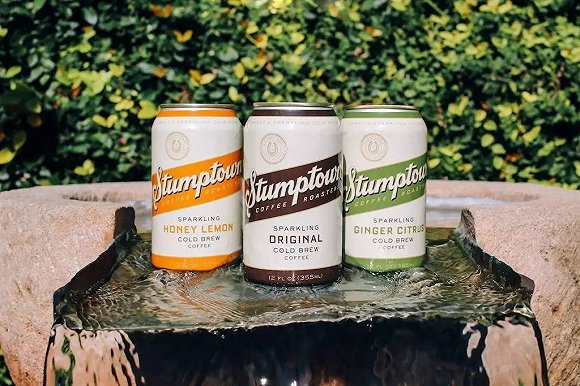
The reason why it is said that Peet's is Starbucks'"grandfather" comes from a past (portal: this time, Starbucks's "grandfather" has stepped in)
It is the founder of the second wave of coffee, and through the acquisition of the boutique coffee brand "Shudun City, intellectuals", to the top of the third wave of coffee.
Now that Shupun City has launched a canned cold-brewed coffee, what is this giant doing?
Ka Men | Erma, from Shanghai
Shudun City promotes the new "lively system" canned coffee
Over the past two years, boutique coffee Blue Bottle (blue bottle) has become famous. This brand from New York has made many people know the concept of "boutique coffee" with its simple design and good taste.
But in the eyes of coffee practitioners, Blue Bottle does not seem to be one of the best boutique coffee brands, replaced by these three: tree mound city, intellectuals and counter-culture.
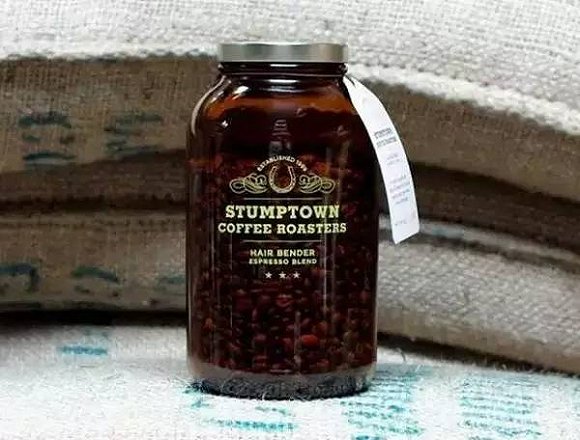
▲ "Tree Pier City" is known as the top of boutique coffee.
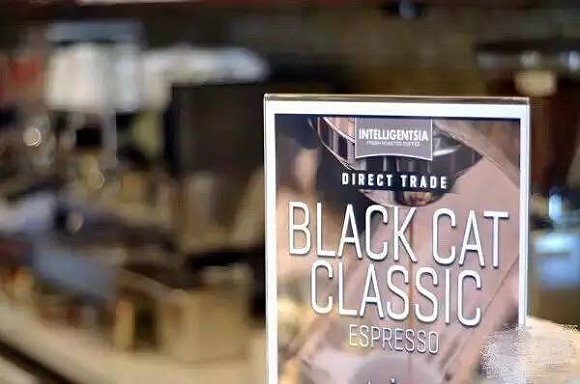
The black cat of ▲ "intellectual" can be called the combination of boutique coffee scale.
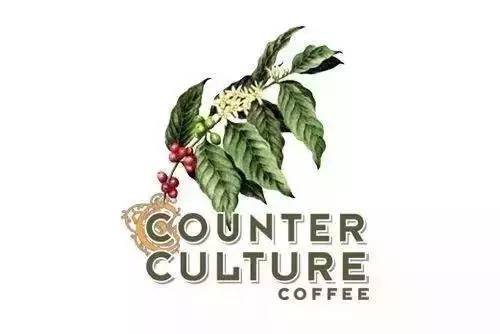
▲ 's "counterculture" is the "Whampoa military Academy" of the coffee circle.
There have been some new moves in Shupun City recently after it was acquired by Bitz about a year ago. It will launch a new product line that sells three flavors of canned sparkling cold coffee (sparkling cold brew), including original, ginger, citrus and lemon honey.
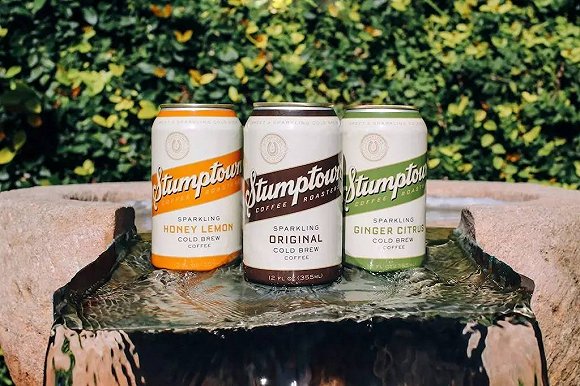
▲ from left to right is lemon honey, original flavor, ginger and citrus.
The three new products were inspired by a store in Tree Pier in New Orleans. There, baristas mix different kinds of coffee according to different weather conditions, and a non-alcoholic look is also a blend of alcohol. For example, they added a little mint to the cold coffee and named it "Endless Summer".
But in addition to the new products, the packaging of Shu Dun City has also changed a lot this time. Compared with the previous version, the logo has been replaced with a brand new font, and the color matching of the whole bottle looks young and lively.
It's not as cold as the boutique coffee I remember.
Can the quality of boutique coffee be guaranteed through retail channels?
The revision of packaging is to a large extent to reach more consumers. The opportunity behind this is that these canned drinks will not only be placed in a small number of tree stump Shing Mun stores, but will also be introduced into retail channels and spread across the United States.
For those consumers who do not know about Shu Dun City, the people-friendly design has become a very important link. Only in this way can they have a chance to be picked up and examined by consumers, and to distinguish them from other coffees after drinking.
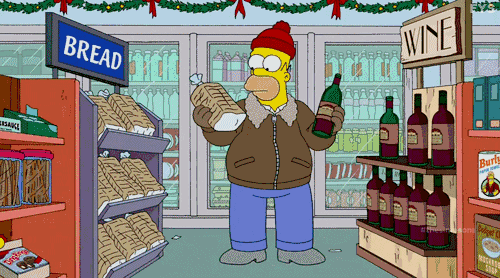
▲ creates the image of being close to the people with packaging
Enter the retail channel and enter the younger market. This sounds a lot like the layout of a product by a big company.
In November 2015, American coffee chain Peet's Coffee&Tea acquired Shudun City, which, together with earlier acquired intellectuals, formed Peet's Coffee's layout of boutique coffee. To a large extent, it is expected to be a differentiated advantage between Peet's and Starbucks.
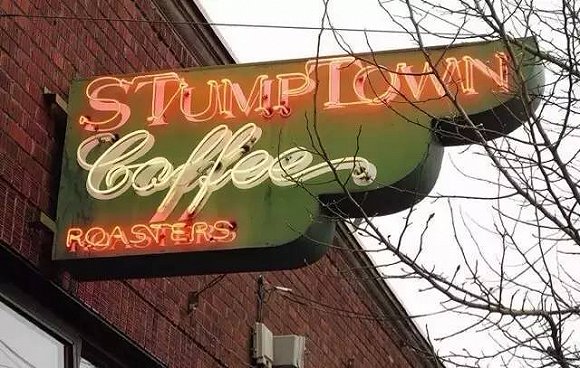
▲ 's acquisition of Shudun City is highly expected.
Can such a boutique coffee be made into a ready-to-drink canned product, can it still pursue quality as always?
Domestic: boutique coffee is everywhere, the business situation is worrying
Today, the term "boutique coffee" on the market mostly refers to brands affected by the "third wave of coffee" (Third wave of coffee).
This concept was first put forward by Trish Rothgeb, a roaster at the Wrecking Ball coffee roaster in the United States in 2002. Boutique coffee will emphasize the origin of raw materials, using light baking to emphasize its taste, hierarchical sense, in the production also often use hand flushing, dripping and other methods, hoping to maximize the preservation of flavor.
In fact, American society is no stranger to boutique coffee. In China, as of February last year, according to the statistics of the "New Front" Urban Research Institute of first Finance and Economics--
In Shanghai, where the coffee level is relatively mature, there are more than 3200 independent cafes in the city, most of which advertise themselves as boutique coffee.
It has to be said that the boutique coffee market is still in an immature state, and the visual cultivation period is still very long. It is a good method to use a people-friendly product to talk to consumers.
Ca sir said
In fact, Ka Men has previously reported on a new domestic brand for canned goods (Portal: boutique coffee costs only 9.9 yuan. Is it "messing up" or "breaking it"? )
As soon as the report came out, it sparked a war of words in the industry, focusing on: is this bottled, low-cost, mechanized coffee still a boutique coffee?
If we examine it from the industry level, it is not difficult to find that only the commercialization path facing the public can achieve the collective prosperity of boutique coffee, and some compromises of Blue bottle are precisely for this purpose. Otherwise, boutique coffee can only be reduced to a kind of shabby self-exuberance in the industry. From
This article is original, please do not reprint it without permission.
Important Notice :
前街咖啡 FrontStreet Coffee has moved to new addredd:
FrontStreet Coffee Address: 315,Donghua East Road,GuangZhou
Tel:020 38364473
- Prev
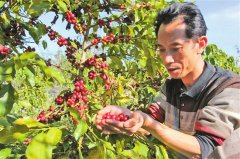
A bean fragrance floats in the boutique market
Looking at the coffee beans with a bumper harvest and the newly processed coffee beans, our reporter Shen Haowen / Tu in the recent charm Yunnan World sharing Global Promotion held by the Ministry of Foreign Affairs, Yunnan coffee smelled in the blue hall, attracting the world's attention. Foreign Minister Wang Yi highly praised Yunnan coffee: it is the best coffee that I have traveled all over the world and drank from various countries in the world. Coffee cultivation in Yunnan
- Next
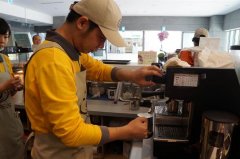
Xi Haner Coffee Promotion filter bag calls on consumption to help protect employees
Come to "like your coffee" for coffee and give sheltered employees a job opportunity. (photo by Lin Hongcong) Xi Haner's "like your Coffee" is set up on the first floor of the Fengshan Administrative Center of the Kaohsiung Municipal Government, making it a good place for people to enjoy coffee and breakfast, as well as job opportunities for sheltered staff. At present, "like your Coffee" employs a total of 6 sheltered staff to enhance their self-confidence through meal making.
Related
- Being chased out of the rain in front of Starbucks?! Store: Sheltering from rain under umbrellas poses a safety hazard
- The white moonlight has changed?! Lucky launches "Big Winter Pear American"
- Hand-brewed coffee three-stage method, high-sweet and universal brewing method to share! What does the high sweet water level of hand-brewed coffee mean?
- What is the difference between raw, refined and full espresso coffee? How to extract espresso and taste good?
- A complete list of coffee bean names and their meanings! What is Yejia Shefi coffee? Where is Mantelin coffee?
- What grade does Arida Manor Kaduai coffee beans belong to? What treatment is Arida ASD slow anaerobic sun exposure?
- The milk tea cup becomes smaller?! Overlord Tea Girl launches a new "Return to Yunnan" series
- Accused of selling counterfeit and high-priced coffee beans! Well-known boutique coffee brand "Oukelao" bowed and apologized!
- How to make espresso dumplings? Can I eat coffee and glutinous rice balls together?
- Save the unformed and stagnant powder cakes in one second! What is the problem with stagnant water in the powder bowl of the espresso machine?

